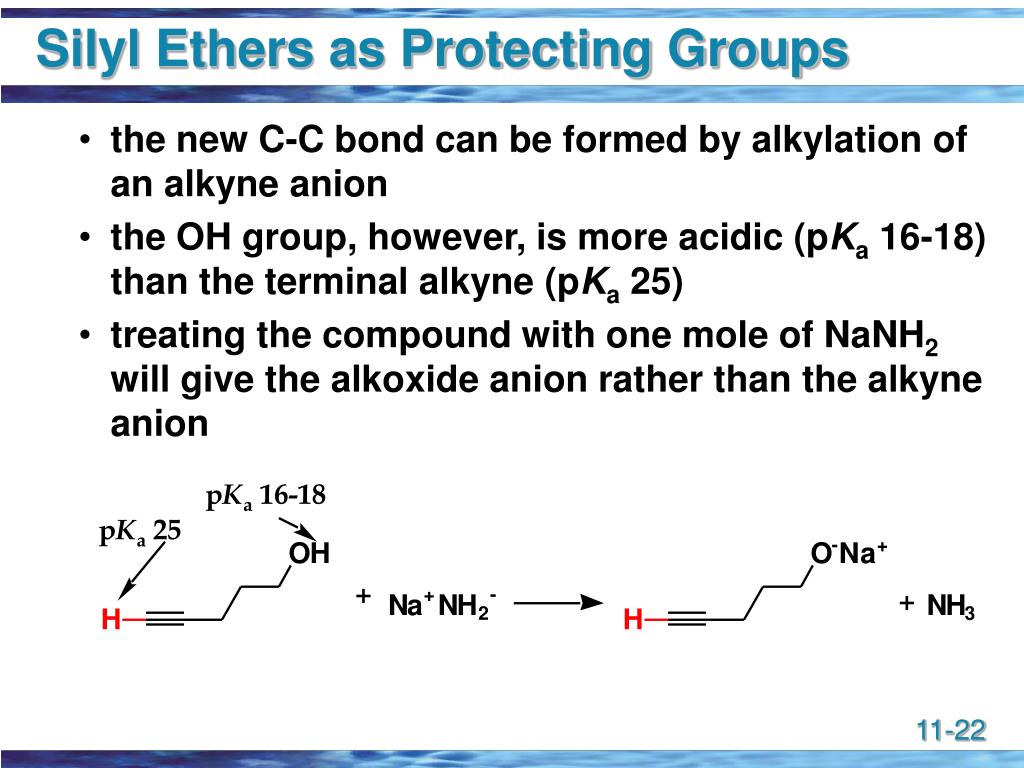1 when a propionaldehyde derived super silyl enol ether was used syn selectivity was observed scheme 1 table 1.
Vinyl ether protecting group.
However two additional synthetic steps are needed to achieve this protection.
The optimal route to this vinyl ether was found to be a remarkably selective ring opening of a cyclic acetal with tmsotf and net 3.
The allyl group is a commonly used protecting group for alcohols with relative stability towards both acidic and basic conditions that permits orthogonal protection strategies.
This alcohol protection reaction is akin to the behavior of dihydropyran.
During efforts to employ a claisen rearrangement in the synthesis of a complex nucleoside a highly functionalized protected vinyl ether was required as a key intermediate.
The polymers formed have a ketone end group e g 19 scheme 9 functionality can be introduced on z or r to modify reactivity or to tailor the end groups as in the examples 20 22.
The step to form the protected intermediate and a deprotection once the.
21 the vinyl ether transfer agents like other vinyl ethers generally show marked acid sensitivity and are not suited for use with acidic monomers e g acrylic acid aa methacrylic acid maa.
Silyl ethers are a group of chemical compounds which contain a silicon atom covalently bonded to an alkoxy group.
Ethyl vinyl ether participates in many reactions of interest to organic synthesis.
Isomerization to the more labile enol ether employing ko t bu with subsequent mild acidic hydrolysis is one of the most common deprotection methods.
Silyl ethers are usually used as protecting groups for alcohols in organic synthesis.
After the step involving the hydride is complete the acetal is removed by reacting it with an aqueous acid giving back the original carbonyl.
The general structure is r 1 r 2 r 3 si o r 4 where r 4 is an alkyl group or an aryl group.
The acetal is then called a protecting group for the carbonyl.
The precursor vinyl ether 3 can be prepared in large quantity in a straightforward two step reaction sequence.
Protecting an amine as a carbamate therefore enables other functional groups to undergo selective reactions with electrophiles whereby the carbamate protected amino group is left intact.
Etoch ch 2 roh etoch or ch 3.
With catalytic amounts of acids ethyl vinyl ether adds to alcohols to give the mixed acetal.

